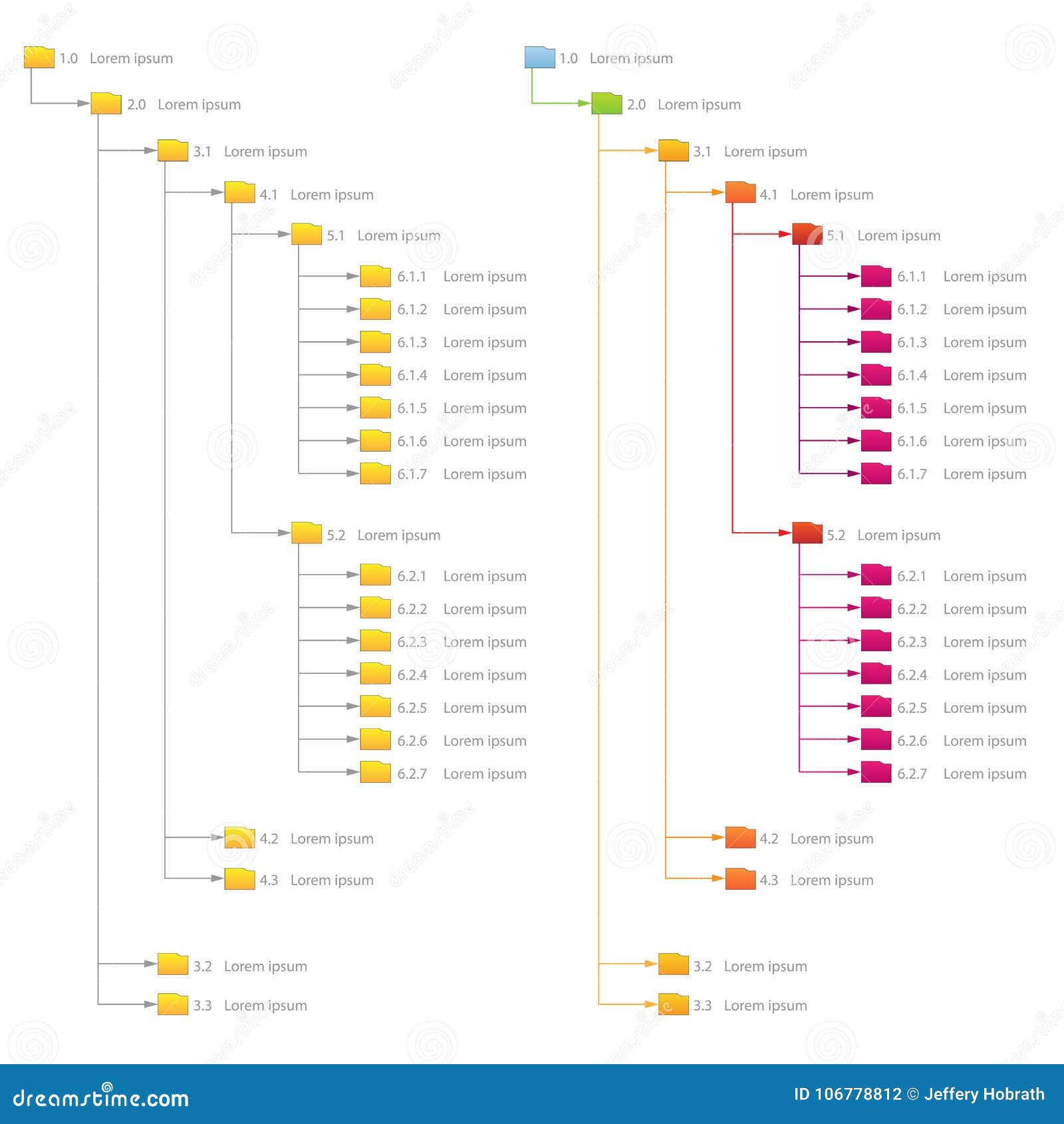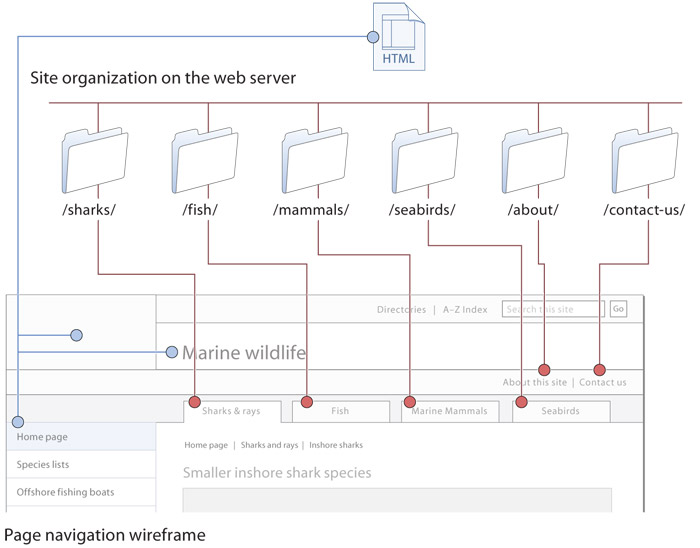

Operational processes focus on end-to-end integration. It shows the interaction of roles and depicts the process steps describing a process from a process flow perspective. You can model the actual process using a BPMN process diagram, representing an individual process. The last level of grouping processes is always a scenario. Within this structure, processes can be also grouped with regards to process variants. The highest level of the process hierarchy is the Modular Processes-folder containing all process areas as sub-folders which are again decomposed into further sub-areas. However, in spite of functions from other domains, the responsibility of an included function belongs to the domain it was designed in. We also recommend to build modular processes from process steps of one functional domain only.ĭue to the character of being related to one functional domain only, you should focus to assemble modular processes from process steps that belong to the same functional domain.Įven though this can surely be achieved to a large extend, processes are often require to also include functions from other domains.

We recommend to organize modular processes by using no more than 5-7 levels. The structuring of modular processes should follow your structural company organization. Each level structures the process information in a way which makes navigation manageable and logic from a functional customer perspective, spanning different levels of granularity. You should understand them as the functional decomposition of business processes, represented by a hierarchical structure of folders and – on the lowest level – a process diagram showing process steps. Modular processes typically build a process hierarchy. These processes should be grouped by functional domains that very often correspond to organizational structures.

Hence, there is always one organization that has the responsibility for the entire process. Modular processes are processes that typically do not exceed the functional domain of an organization. In addition to the holistic, integrative end-to-end processes in the operational process area, you can create more functional, modular processes. The following example shows you how you could upload 3rd party process content: MS Excel Upload (Example APQC content). These predefined process hierarchies may not be ideal in all aspects but are definitely a good starting point to evolve your own process hierarchy from there. They describe in a well-defined from-abstract-to-concrete decomposition what the processes are a company acting in a certain industry usually maintains. The best practice process hierarchies are typically tailored to industries. Also, many consulting firms maintain process hierarchies used as baseline for implementation projects. Companies and organizations such as APQC (SCOR (EFQM (VCG (best practice process hierarchies, KPIs, flows, and much more that make a good jumpstart.
#BUSINESS FOLDER STRUCTURE DIAGRAM HOW TO#
How to Jumpstart a Meaningful Process Hierarchy?Įven if a customer-specific process hierarchy is always the ultimate goal, there are several options to jumpstart the definition of a well-defined process hierarchy. The number of grouping folders before the nucleus starts can vary as required.įind out more about process hierarchy and structure naming conventions. The final three levels are always scenario-process-process steps.

The process grouping is followed by a last level grouping, called scenario, with its processes and process steps. The process hierarchy always consists of folders used to breakdown the processes into process groups. The process hierarchy and process diagrams are two sides of the same coin and are always managed as a whole. It acts as the breakdown of the customers business and is used to document and attach the information, following a from-abstract-to-concrete principle.Ī well-defined process hierarchy is the most important starting point for any process management, solution documentation, or process modeling activity. bash-4.The process hierarchy builds the foundation for a common understanding of the business processes operated by a corporation and should be used similaly by the business and IT departments. Simply extend the same arguments that you had for mkdir command to include files. There's nothing special that needs to be done with touch. There's more, but the concept would be the same: either extending what you have, or iterating over a list and breaking each list item into parts.


 0 kommentar(er)
0 kommentar(er)
